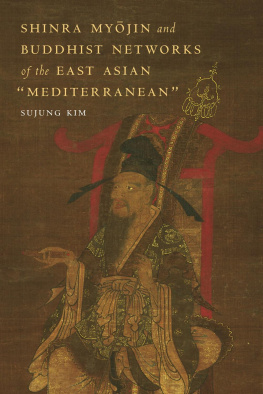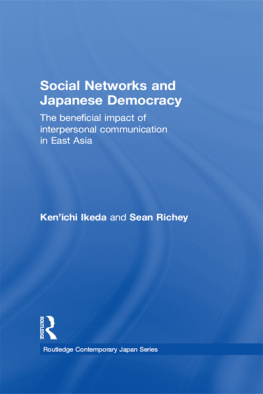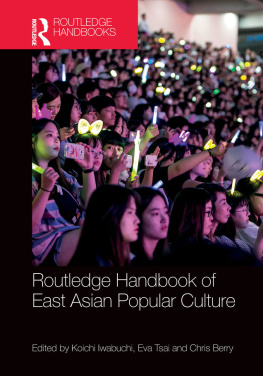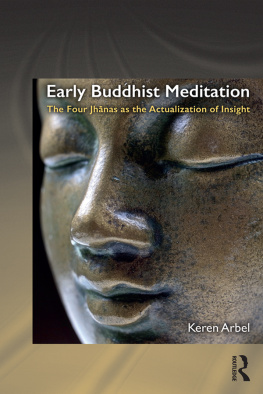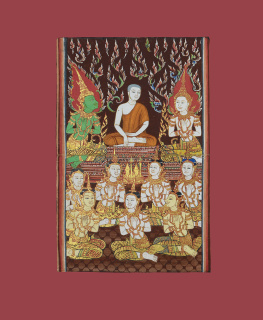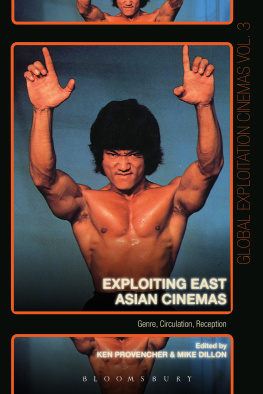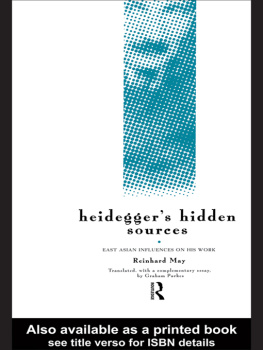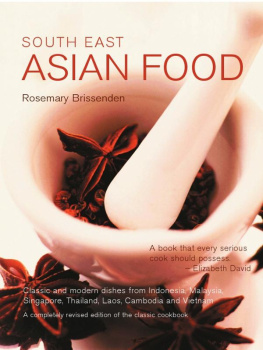Kim Sujung - Shinra Myōjin and Buddhist Networks of the East Asian Mediterranean
Here you can read online Kim Sujung - Shinra Myōjin and Buddhist Networks of the East Asian Mediterranean full text of the book (entire story) in english for free. Download pdf and epub, get meaning, cover and reviews about this ebook. year: 2019, publisher: University of Hawaii Press, genre: Religion. Description of the work, (preface) as well as reviews are available. Best literature library LitArk.com created for fans of good reading and offers a wide selection of genres:
Romance novel
Science fiction
Adventure
Detective
Science
History
Home and family
Prose
Art
Politics
Computer
Non-fiction
Religion
Business
Children
Humor
Choose a favorite category and find really read worthwhile books. Enjoy immersion in the world of imagination, feel the emotions of the characters or learn something new for yourself, make an fascinating discovery.
- Book:Shinra Myōjin and Buddhist Networks of the East Asian Mediterranean
- Author:
- Publisher:University of Hawaii Press
- Genre:
- Year:2019
- Rating:3 / 5
- Favourites:Add to favourites
- Your mark:
- 60
- 1
- 2
- 3
- 4
- 5
Shinra Myōjin and Buddhist Networks of the East Asian Mediterranean: summary, description and annotation
We offer to read an annotation, description, summary or preface (depends on what the author of the book "Shinra Myōjin and Buddhist Networks of the East Asian Mediterranean" wrote himself). If you haven't found the necessary information about the book — write in the comments, we will try to find it.
Kim Sujung: author's other books
Who wrote Shinra Myōjin and Buddhist Networks of the East Asian Mediterranean? Find out the surname, the name of the author of the book and a list of all author's works by series.
Shinra Myōjin and Buddhist Networks of the East Asian Mediterranean — read online for free the complete book (whole text) full work
Below is the text of the book, divided by pages. System saving the place of the last page read, allows you to conveniently read the book "Shinra Myōjin and Buddhist Networks of the East Asian Mediterranean" online for free, without having to search again every time where you left off. Put a bookmark, and you can go to the page where you finished reading at any time.
Font size:
Interval:
Bookmark:
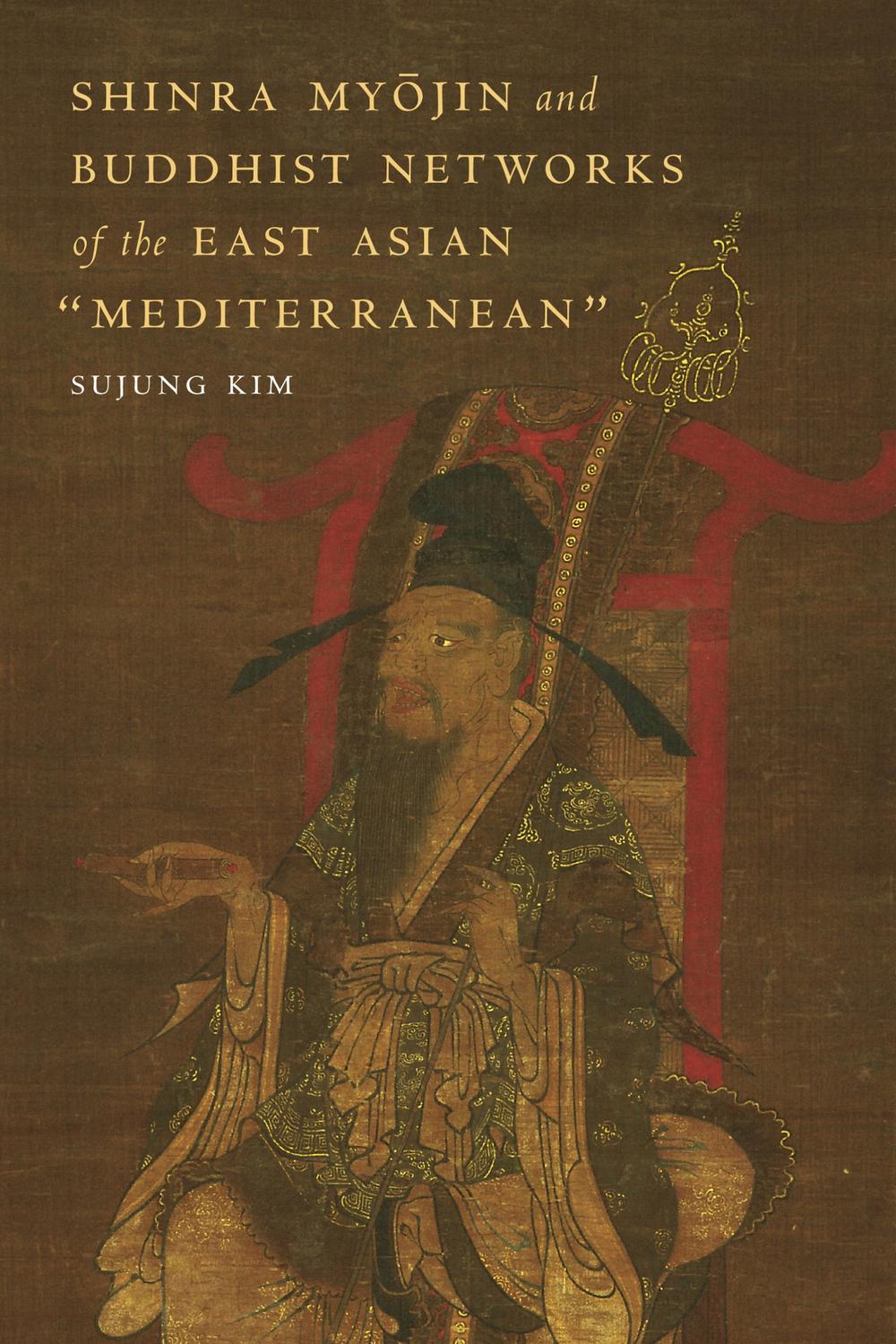
iii
2020 University of Hawaii Press
All rights reserved
Printed in the United States of America
25 24 23 22 21 20 6 5 4 3 2 1
Library of Congress Cataloging-in-Publication Data
Names: Kim, Sujung, author.
Title: Shinra Myjin and Buddhist networks of the East Asian Mediterranean / Sujung Kim.
Description: Honolulu, Hawaii: University of Hawaii Press, [2020] | Includes bibliographical references and index.
Identifiers: LCCN 2019010538 | ISBN 9780824877996 (cloth; alk. paper), Amazon Kindle 9780824881757, EPUB 9780824881740, PDF 9780824881733
Subjects: LCSH: Shinra Myjin (Buddhist deity) | BuddhismJapanHistory11851600. | BuddhismKoreaHistory.
Classification: LCC BQ4890.S55 K56 2020 | DDC 294.3/42113dc23
LC record available at https://lccn.loc.gov/2019010538
University of Hawaii Press books are printed on acid-free paper and meet the guidelines for permanence and durability of the Council on Library Resources.
Cover art: Shinra Myjin, thirteenth c., colors on silk. Onjji, Shiga Prefecture.
vi
To my parents,
Bokim Kim and Dongsu Kim
My first encounter with Shinra Myjin was in a graduate seminar course I took in the spring of 2009 in which we explored the wondrous world of medieval Japanese gods through reading the Keiran shysh. I still vividly remember how excited I was about Shinra Myjin, and this book is the outcome of a long labor.
So many people have helped the book come into being. Intellectually, it owes its greatest debt to my teachers at Columbia University, first and foremost, Bernard Faure, as well as Chn-fang Y, Max Moerman, Michael Como, and David Lurie. My profound gratitude goes to Jacqueline Stone, Paul Groner, Sait Hideki, Dongwu Kwon, Iyanaga Nobumi, Abe Yasur, Mizukami Fumiyoshi, Lucia Dolce, Siead Vilbar, Lan Wu, Michaela Mross, Seung Hae Yu, Michael Pye, Jin Y. Park, Youngjin Kim, Wendi Adamek, Mark Blum, Steve Covell, Fabio Rambelli, Paul Swanson, and Marcus Bingenheimer, all of whom taught me what the bodhisattva truly means.
I also owe profound debts to my friends and colleagues who offered me their kindest help along the way. Above all, I would like to thank Luke Thompson, who has read several versions of my manuscript and significantly improved it. Bryan Lowe, too, kindly read the entire manuscript and provided insightful and invaluable suggestions. I am also grateful to Kevin Buckelew and Heather Blair for sharing their generous feedback with me.
Two anonymous readers prompted crucial rewrites that have made the book immeasurably stronger, and I believe that their suggestions are largely responsible for what I consider some of the best parts of my book. Nonetheless, I must take responsibility for any flaws and errors that remain. I also want to express my sincere gratitude to my editors at University of Hawaii PressStephanie Chun, Cheryl Loe, and Barbara Folsomwho have not only been passionate but immensely patient supporters of my project. ixx
At DePauw, I must thank all my colleagues in the Religious Studies and Asian Studies departments for their support. My special thanks go to my writing partners Pauline Ota, Danielle Kane, and Tineke DHaeseleer, who spent numerous early morning hours with me in the library. Beth Wilkerson helped with two maps, and I thank her very much. The office of Academic Affairs at DePauw provided generous support for the final process of publication.
This book was made possible thanks to library travel grants from the Center for East Asian Studies at the University of Chicago in 2016, and the Center for East Asian Studies, Stanford University, in 2017. Furthermore, I was very fortunate to find myself in a supportive community and with access to extensive library materials at Kyushu University during my visiting professorship there in the spring of 2018. Cynthea Bogel made my stay in Fukuoka most enjoyable, and I am extremely grateful for her friendship. Special thanks go to Mr. Fuke Toshihiko, the chief administrative official of Onjji, who generously provided me with Onjji documents and Shinra Myjin images.
My heartfelt gratitude goes to my family, both the Kims in South Korea and the Johnsons in Indiana, USA. I owe this humble achievement to them and their love. My fondest thanks also to my cousin Jiyoon Kim in Osaka for her selfless care whenever I needed it.
Last, this book would simply have been impossible without the never-ending support of my coach, colleague, and companion Paul M. Johnson. My deepest affection and gratitude go to my husband Paul and our newborn daughter, Reina.
| DNBZ | Dai Nihon Bukky zensho |
| KT | Kokushi taikei |
| NBT | Nihon bungaku taikei |
| NKBT | Nihon koten bungaku taikei |
| SNKBT | Shin Nihon koten bungaku taikei |
| ST | Shint taikei |
| T | Taish shinsh daizoky |
| T zuz | Taish shinsh daizky zuz |
| ZGR | Zoku gunsho ruij |
Shinra Myjin in the East Asian Mediterranean Network
One day in 858 CE, a boat traveling the maritime expanse that stretched from China to Japan found itself battered by angry waves and on the verge of capsizing. Enchin (814891), a Japanese Tendai Buddhist monk aboard the ship, sensed that his life was in great danger. He was returning to Japan after having completed five years of study of Buddhism in China. In desperation, he prayed to the gods for protection. As Enchin began to pray, an old man suddenly appeared above the boat and declared: I am a deity of the Silla Kingdom (Shinra Myjin ). I will protect your practice of Buddhism until the Buddha Maitreya comes into this world. Having said this, the old man vanished.
This legend illustrates the connection between Shinra Myjin and Enchin. Enchin is best known for reviving Onjji temple in mi , which eventually became the headquarters of the Tendai Jimon tradition. The Tendai Jimon, along with the Sanmon tradition, which is headquartered in the temple Enryakuji on Mt. Hiei, are the two major branches of Japanese Tendai Buddhism.
This book is about Shinra Myjin. However, its focus is not limited to this single figure, but addresses the sociocultural and mythological networks within which this deity was embedded. My overarching question is this: Why did a deity whose name clearly refers to the Korean kingdom of Silla become the protector deity of a Japanese Buddhist sect? The answer to this question, laid out in the pages that follow, challenges the delimitation of research topics according to modern-day national borders and identities. Rather than treating Shinra Myjin as a Korean deity, a Japanese deity, or something in between, this study locates Shinra Myjin within a network that includes and also transcends those borders and identities.
I call this network the East Asian Mediterranean. Within it we find Sillan immigrant communities in Japan and China, communities that were able to retain their cultural identity and religious practices for at least a few generations post-emigration. Official mercantile ties between Silla and Japan were terminated in the late ninth century, but through memories, imagination, and reinterpretation, this network of people, cultic practices, and ideas continued into Japans medieval period. In this book, I argue that we cannot fully understand the development of Shinra Myjin in medieval Japan unless we look beyond the Japanese archipelago and consider the networks that linked Japan, the Korean Peninsula, and other parts of mainland East Asia.
Font size:
Interval:
Bookmark:
Similar books «Shinra Myōjin and Buddhist Networks of the East Asian Mediterranean»
Look at similar books to Shinra Myōjin and Buddhist Networks of the East Asian Mediterranean. We have selected literature similar in name and meaning in the hope of providing readers with more options to find new, interesting, not yet read works.
Discussion, reviews of the book Shinra Myōjin and Buddhist Networks of the East Asian Mediterranean and just readers' own opinions. Leave your comments, write what you think about the work, its meaning or the main characters. Specify what exactly you liked and what you didn't like, and why you think so.

